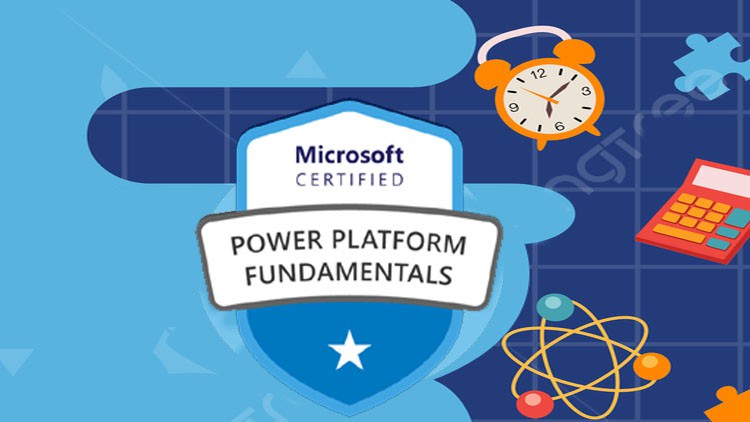
Take your learning experience one step above with our PL-900 Microsoft Power Platform Fundamentals Practice Exam 2024
What you will learn
Everything you need to pass the PL-900 exam and receive the Power Platform Fundamentals certification
Understand and communicate the business value, and the core components, of Microsoft Power Platform
Demonstrate the capabilities of Power Virtual Agents
Demonstrate the capabilities of Power BI
Learn, demonstrate, and apply the capabilities of Power Automate to automate routine business processes
Gain essential skills that will give you a competitive edge in the job market
Description
Welcome to the PL-900 Microsoft Power Platform Fundamentals Practice Exam! This meticulously crafted exam is designed to evaluate your proficiency in leveraging the dynamic capabilities of Microsoft’s Power Platform. With a comprehensive range of questions meticulously curated to reflect real-world scenarios, this exam offers a challenging yet rewarding experience for both beginners and seasoned professionals alike.
Embark on this journey to test your understanding of Power Platform’s core components, including Power Apps, Power Automate, Power BI, and Power Virtual Agents. Each question has been expertly crafted to assess your knowledge of creating apps, automating workflows, analyzing data, and building virtual agents, ensuring a holistic evaluation of your skills in utilizing the Power Platform to drive business productivity and innovation.
As you navigate through the exam, you’ll encounter a diverse array of scenarios, ranging from designing custom applications to automating business processes, from visualizing data insights to building intelligent chatbots. Whether you’re aiming to validate your existing expertise or seeking to enhance your proficiency in Microsoft’s Power Platform, this practice exam serves as an invaluable tool to gauge your readiness and identify areas for improvement.
Immerse yourself in the intricacies of Power Platform through this meticulously structured exam, where each question serves as a stepping stone towards mastery. With detailed explanations accompanying each answer, you’ll not only assess your performance but also gain valuable insights into best practices and advanced techniques, empowering you to excel in your Power Platform endeavors.
Unlock the full potential of Microsoft’s Power Platform and elevate your skill set to new heights. Prepare to embark on a journey of discovery, challenge, and growth with the PL-900 Microsoft Power Platform Fundamentals Practice Exam. Your pathway to success starts here.